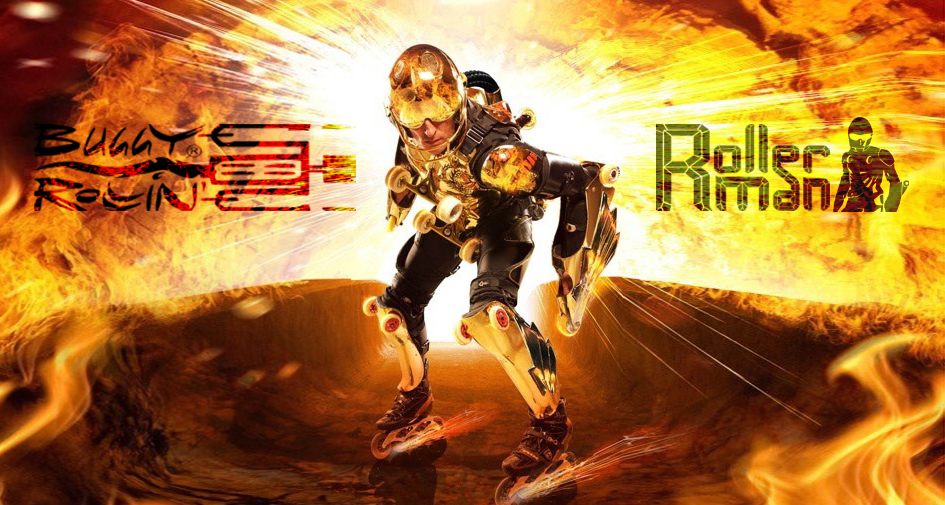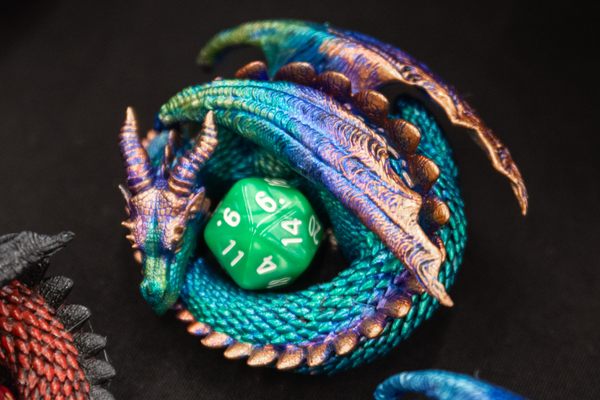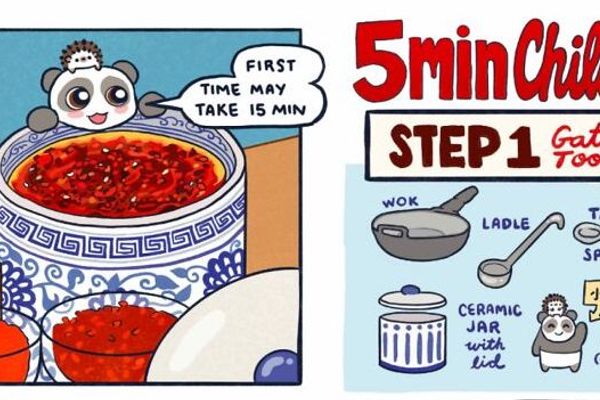They See Me Rollin…Because I’m Wearing a Suit With 32 Wheels Built in

Rollerman: ready for action. (Photo: Jean Yves Blondeau/Buggy-rollin.com)
When Frenchman Jean Yves Blondeau took a step back and considered his first roller suit, he thought, “Oh shit, I created a superhero.”
And when Blondeau, now 45, transforms into Rollerman and hurtles down steep roads and windy bobsled tracks at speeds of up to 80 miles per hour, he looks so much like a superhero that you wonder how Green Lantern beat Rollerman to the silver screen.
But superheroes were nowhere on his radar when he was casting around in 1994 for his final project at the National School of Applied Arts in Paris at the age of 24. He wanted to discover a new area of design but also create something that didn’t yet exist, perhaps even something that filled gaps in gliding postures in sports. Combining these impulses with his love for skating, he created a suit of full-body armor equipped with 32 wheels placed on the feet, knees, torso, and arms.
And so the strange sport of Buggy Rollin was born.
Buggy Rollin, a term coined by Blondeau, is also known as body blading, roller suiting, and wheel suiting. At first sight, it might transport you back to the 1985 film classic Return to Oz, featuring gangly creatures called Wheelers who sprouted wheels in the place of hands and feet. But Blondeau was neither inspired by Wheelers nor by Marvel (which he dislikes); he was simply focused on function. His roller suit began looking super-heroic because of its design, created to be fast, protective, and aerodynamic—a little like Formula 1, he explains. Your center of gravity is very low when your nose is two or three inches from the ground and the only thing between you and the pavement a few small wheels.
“You have to skate with your own body,” he explains. “Every phenomena of acceleration and braking, you have to learn. It’s like swimming; everything is important—left, right, foot, knee.”
Blondeau says it’s like being a human jet, especially at night when it feels like he’s flying in deep, empty space. Compressed in the present, it’s like explosions are going off in his head, he says.

Rollerman in Japan: The man behind the legend. (Photo: Jean Yves Blondeau/Buggy-rollin.com)
Jean Yves Blondeau grew up in a household where if you couldn’t buy something, you tried to make it. His father constructed his own skis to practice ski jumping, his brothers built their own skateboards, and his mother created art. In the 1980s, kids in France saw pictures of American roller-skates but couldn’t find them in shops, so 10 year-old Blondeau designed his own pair using soccer shoes and skateboard trucks. In graduate school he further pursued his interest in locomotion and human balance while traveling to school each day by skate.
Blondeau didn’t have much to work with when he built his first suit. He used materials available at the school’s workshop, such as PVC and glass fiber, and scavenged wheels from old skates and strollers. He bought a helmet for five francs at a flea market, which he remodeled using foam padding from a camping mattress, and somehow patched it all together. The suit doesn’t feature brakes, instead relying on the wearer to properly reposition himself to decelerate.
This year marks the 20th anniversary of Blondeau’s roller armor. Over the past two decades, he says he’s produced between 25 and 27 suits total, with eight or nine suits currently stationed at his home in the mountains near Annecy, France. He builds each suit by hand as one would build a musical instrument—with a lot of time and a lot of love, he says. The suits weigh about 37.5 pounds each, not factoring in the skates, and sell for 3,500 euros ($3,937) a pop. Blondeau receives regular requests for suits, but most people decide they’re too expensive, a problem he is still working on. “I expect one day to achieve, to sell suits all over the world at a good price,” he told me.
Blondeau is tall and spritely. He has disheveled gray hair, bushy eyebrows, and green-gray eyes set in a very lean face. His English is fluent though accented and he smiles a lot. His home office is cluttered with artwork, sketches, comic books, textbooks, and the constant bouncing around of ideas.
When Blondeau suits up and becomes Rollerman, his identity transforms. First, he says, come the superhuman feelings, and then comes the android sensation—what it might be like to have an exoskeleton or be a cyborg, caught somewhere between man and machine.
“When you experience Buggy Rollin, it’s the body, mind, the heart … you breathe, you smell, you can get injured,” he says. “Everything is changing. To have the experience in life, everything is changing.”
Rollerman and Buggy Rollin first began to attract attention in 1997, in Japan. But trends move quickly, he says, and his celebrity status soon shifted to South Korea. By 2004, Blondeau was all over Korean television, with strangers constantly coming up to request signatures.
Nowadays, the hype has moved to China, where Blondeau’s rolled down all types of courses, including a 20-minute descent around 99 hairpin turns on Tianmen Mountain in central China. He’s got an active invite to tackle a hill in China that’s steep enough for a new record, but his hosts have refused to tell him where it is, and the roads aren’t even on the map yet.
When I ask him about America, Blondeau puts on a gruff American accent and reenacts the phone call that led to his first major film debut: “Hi, it’s Hollywood. We are making a new movie of Jim Carrey, can you come to Hollywood?” One of the staff of the 2008 movie Yes Man had seen a clip of Buggy Rollin and wanted to incorporate it into the film’s script.
Blondeau brought four suits to California—one for him, one for Jim Carrey, one for Zooey Deschanel, and one for her stunt double, whom he had to train. Blondeau enjoyed the big-budget experience, but the short cameo, to his disappointment, didn’t end up making a big splash for Buggy Rollin in the States.
Jackie Chan’s 2012 flick Chinese Zodiac did a lot more to heighten his status, at least in China. Chan incorporated the roller suit into his fast-paced action flick, giving it a lot more screen time than Yes Man. (Check out a trailer showcasing the roller suit here.) Blondeau has now rolled all over China, from Chengdu and Guangzhou to Shanghai and Xi’an. Europe and Japan are growing older and slower, he says, but China is dynamic.

Rollerman, looking slick. (Photo: Jean Yves Blondea/Buggy-rollin.com)
Blondeau has high hopes and lots of ideas for the future. In addition to scaling up production of Buggy Rollin, he’d love to see the creation of micro-amusement parks or resorts dedicated to gravity sports. He’s working on something called Buggy Ski, and he wants to learn 3D modeling and run more CGI. He’s also writing a story that he hopes to turn into a comic or film, though he’s keeping that secret for now. On top of all that, he’d like to spend more time learning Japanese and Chinese, but he also must squeeze in some skating practice a few times a week.
Even if Rollerman makes it to the big screen, no Hollywood hunk or hottie du jour will ever live up to the superhero’s creator. No one will ever truly embody Rollerman in the way that Blondeau does—and after all, being a true superhero is not easy. It can even be lonely.
“I live it, I sweat in it, I bleed in it; I really put life in this thing, and I know it from the inside,” he says. “Right now, I’m just fighting alone in a corner of France.”











Follow us on Twitter to get the latest on the world's hidden wonders.
Like us on Facebook to get the latest on the world's hidden wonders.
Follow us on Twitter Like us on Facebook